FREE SHIPPING ON ORDERS OVER $25*
FREE SHIPPING ON ORDERS OVER $25*
A blister is an area of raised skin that appears to have a watery liquid inside. Chafing is usually caused by any activity that requires skin to repeatedly rub against another area of skin or article of clothing. Moisture can worsen chafing. The most common symptom of chafing is a painful stinging or burning sensation.
Blisters are caused by friction (rubbing), pressure or a burn. Your body responds to the friction by producing lymph fluid. As your outer layer of skin separates from the inner layers the space between them fills with fluid and the fluid builds up beneath the part of the skin being rubbed, causing pressure and pain. A single blister is often caused by:
Other causes of blisters include contact with irritants (chemicals, plants or toxins); drug reactions, autoimmune diseases and infection. If you have multiple blisters or severe burning you should see your doctor immediately.
If you like running or wearing new shoes for a night out, you wouldn't want to face the discomfort of blisters and chafing. These common issues can turn a pleasant experience into a painful one. However, you don't need to worry as you can do a few things to keep your skin healthy and happy. Understanding the symptoms of blisters and chafing is the key to preventing them.
Blisters are fluid-filled bubbles caused by friction, heat, or repetitive motion that form on the skin.
Chafing occurs when skin rubs against clothing, other skin, or objects, leading to irritation and sometimes even abrasions. Keep an eye out for these telltale signs:
You can treat minor blisters at home by protecting the blistered skin from further irritation or rubbing, keeping the skin hydrated, and guarding the skin against sweat and other irritants. This is important as "de-roofing" (taking the top part of the blister off) increases your risk of infection and can increase pain. While your blister heals, try to avoid rubbing or putting pressure on the area.
Mild chafing can often be treated by keeping the area properly hydrated (with appropriate lubricants) and protected from sweat or other irritating moisture.
Proven Solutions:
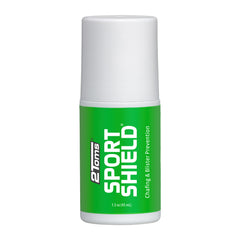 Provides unsurpassed resistance to chafing and blisters, staying on skin for maximum protection. SportShield’s sweatproof formula can be used during the most vigorous of activities without coming off. This silicone-based product stops the chafing of thighs, nipples, underarms, and other areas. |
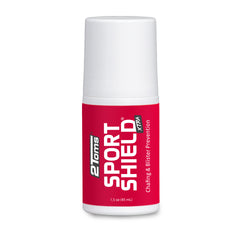 Moisture rich protection. Delivers the perfect balance of protection and comfort in a silky smooth formula that lasts all day! SportShield XTRA contains aloe and Shea butter to moisturize and soothe the skin, and natural anti-microbial ingredients help protect sensitive skin. |
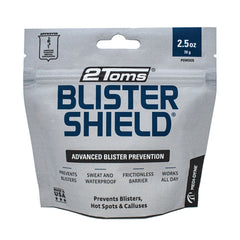 An innovative blister protection product for your hand and feet, 2Toms Blister Shield creates a frictionless surface on the hand or foot that reduces heat build-up, moisture and blister formation. It repels moisture to keep skin dry and blister-free, while also reducing discomfort. |
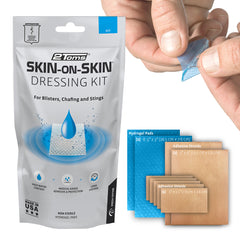 Provides advanced cushioning, soothing relief, and long-lasting protection for blisters, chafing and minor skin irritations – second only to your own skin. |
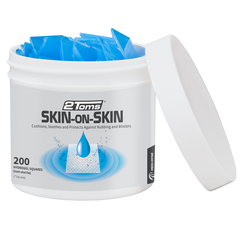 In both 1" squares and 3" circles - 2Toms Skin-on-Skin uses an advanced formula to protect your skin as well as helping in the soothing and heeling of blisters and other skin issues such as bites and stings. |
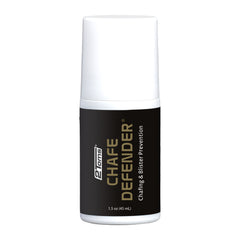 Technologically-advanced formula increases comfort and endurance by forming a thin, invisible, moisture-proof barrier on the skin. This soothing, protective barrier eliminates or greatly minimizes the friction that causes blisters, chafing and irritation. |
The first line of defense against blisters is to understand how your daily activities can result in a blister and take the necessary precautions to prevent blisters from happening. Identify the potential "hot spots" and protect them. If “hot spots” aren’t protected it’s important to cover the "hot spot" at the first sign of redness to prevent further friction.
PLEASE NOTE: The information on this website and article is for information only and should not be used as a substitute for consulting your doctor. Consult your doctor for proper diagnosis and rehabilitation